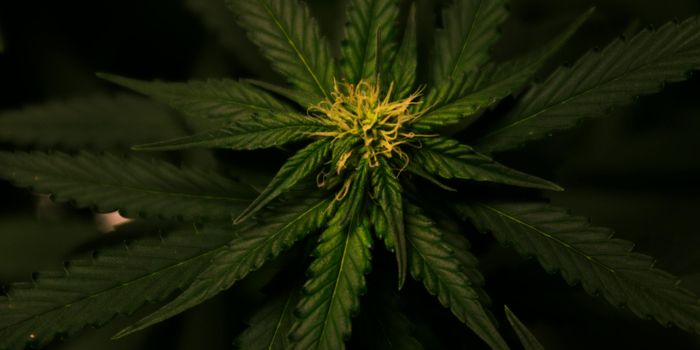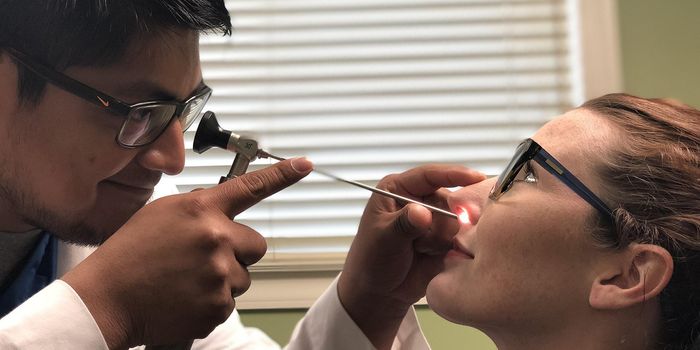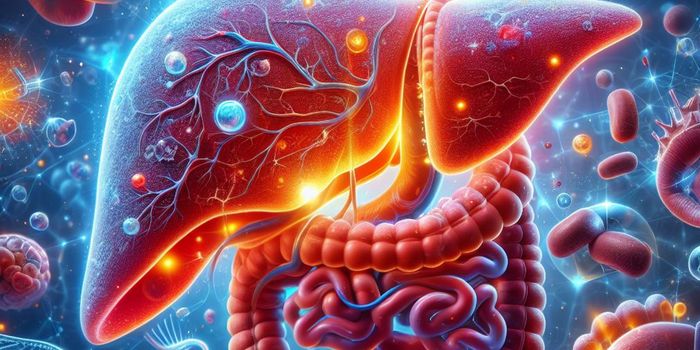Cannabis compound shows promise for severe epilepsy
For the first time, a form of medicinal cannabis has been shown to reduce—and even stop—seizures in some children with a severe form of epilepsy.
The children suffer from Dravet syndrome, a severe epilepsy that begins in infancy with drug-resistant seizures and a high mortality rate.
The seizures of five percent of the children stopped after they were treated with cannabidiol, a non-psychoactive form of cannabis. Overall, 43 percent of children with the syndrome had a 50 percent reduction in seizure frequency.
“If you can render any child or adult seizure free, that’s huge.”
Known as CBD, cannabidiol is a natural compound found in cannabis seeds, stalks, and flowers that does not have the psychoactive properties of tetrahydrocannabinol, or THC.
“It’s the first scientific evidence that cannabidiol works,” says Ingrid Scheffer, professor of pediatric neurology at the University of Melbourne. “There have been anecdotal reports in the past, and people with firm beliefs that it works in epilepsy, but this is the first time it’s been proven.”
Something (not emotion) links epilepsy and religion
For the study, published in the New England Journal of Medicine, 120 children and young adults across the US and Europe received cannabidiol or a placebo, in addition to standard anti-epileptic treatment. The research took place as part of the Cannabidiol in Dravet Syndrome Study Group, and was a randomized, double-blind, and placebo-controlled trial.
Researchers measured seizure frequency over a 14-week treatment period. The findings show that the average frequency of convulsive seizures per month decreased from 12.4 to 5.9 among those children on cannabidiol, compared with a decrease from 14.9 to 14.1 among those on the placebo.
“I am delighted that we finally have high-level evidence that cannabidiol is effective for uncontrolled seizures in Dravet syndrome,” Scheffer says.
“If you can render any child or adult seizure free, that’s huge. It could contribute to stopping any further deterioration, or help development in a positive sense.”
Researchers asked caregivers to fill out the Global Impression of Change questionnaire—a seven-category system rating the scale of change in a patient. The results show that the patient’s overall condition improved by at least one category in 62 percent of the cannabidiol group, compared with only 34 percent of the placebo group.
Although the frequency of total seizures of all types was significantly reduced with cannabidiol, there was no significant reduction in non-convulsive seizures. But five percent of patients taking cannabidiol became seizure-free, compared with none of the placebo group.
“Many people who take part in trials like this are desperate to try something new. They’ve exhausted other options,” Scheffer says. “Five percent seizure-free is not 100 percent or 75 percent, but it’s reassuring to see that improvement. For these 5 percent of kids in the trial, it’s huge.
“Sadly this is not a panacea; it’s not going to cure these children. But it does give cause to be optimistic about further research for its use. It also raises a lot of questions, not just in terms of the treatment of epilepsy, but where else it could be applied medicinally. Cannabidiol is likely to be an important addition to our group of anti-epileptic tools.
There is a downside to the findings: side effects were more frequent in the cannabidiol group, including diarrhea, vomiting, fatigue, decreased appetite, increased body temperature, drowsiness. and abnormal liver-function tests.
Worldwide, it’s estimated that around 1 percent of the population has epilepsy—about 65 million people globally. Dravet syndrome is a rare, catastrophic, lifelong form of epilepsy that begins in infancy. Previously known as Severe Myoclonic Epilepsy of Infancy (SMEI), it affects around 1 in almost 16,000 people.
Current treatment options are limited, and the associated seizures are particularly difficult because they are frequent, unpredictable, life-threatening, and not controlled by many anti-epileptic drugs.
“The next question is whether cannabidiol is effective in other forms of epilepsy,” Scheffer says. “It is great that there are trials already underway of cannabidiol in other groups of patients with epilepsy.”
This article was originally published on Futurity.org









